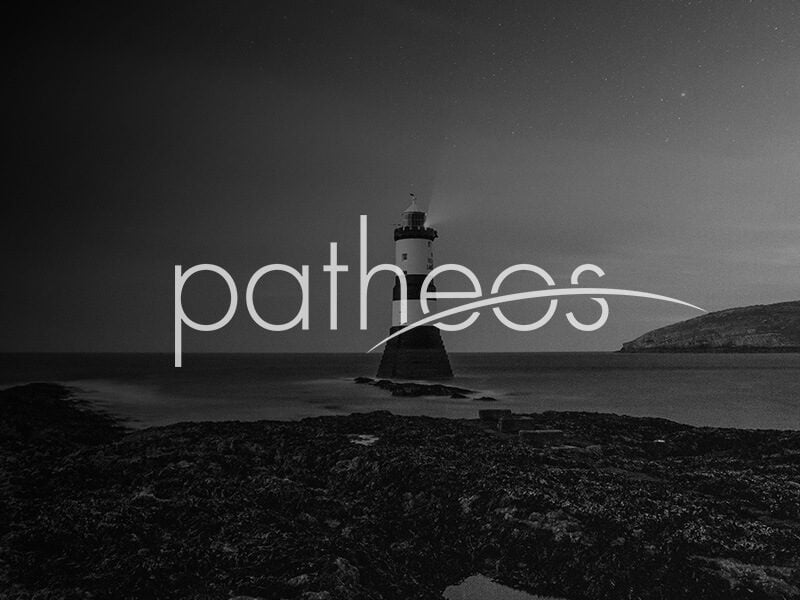Wells again, commenting on the wedding at Cana: “This is not a story of the transformation of poison into safe water. It is not a story of a world deformed by sin being converted into a clean and healthy community. It is not a story of the obliteration or extermination of evil by a divine cleanser. It is a story of the inadequacy of fallen creation and the inadequacy of Israel (the six ritual water jars) being transformed by the... Read more
















